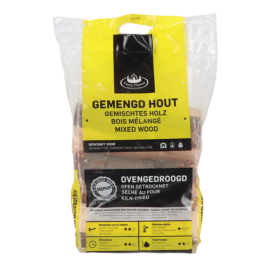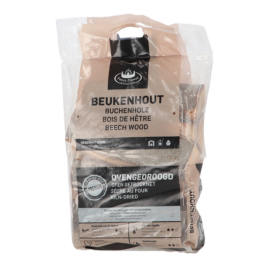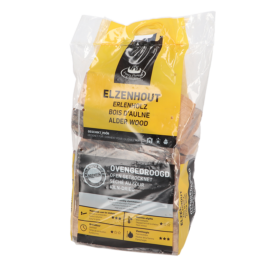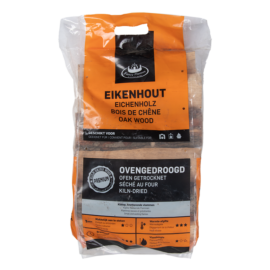Stoking wood in a sustainable way
Tuesday, June 14, 2022
Nothing cozier than a crackling wood fire
With this beautiful weather, we see the use of fire bowls and patio heaters increase enormously. Not surprisingly, what is more cosy than enjoying a crackling wood fire? With our Fancy Flames collection you will certainly be at the right place! But how do you stoke up your fire in a safe and sustainable way without causing any fire pollution? We will explain it to you.

Wood firing is the oldest form of heating known to man
Wood firing has been done for many years. It is the oldest form of heating known to man. People have been heating and cooking on wood fires for thousands of years. Stoke nuisance is a complex problem.The method of heating determines the extent to which wood smoke is released. Smoke can cause nuisance.
So are we not allowed to burn wood anymore?
Of course we all want to continue to enjoy that cosy fireplace, patio stove or fire basket, so today we will tell you how you can stoke wood in a sustainable and good way so that less smoke and odour nuisance is caused.
By stoking up properly you can prevent a lot of nuisance. When you heat up outside, the use of the right fuel, the heating behaviour and the type of barbecue/fire tray used are very important.

3 tips for stoking up a fire without nuisance
1. Only use clean and well-dried wood
Moist wood does not burn well, which means that many unhealthy substances are released. Use wood that has been dried for two years or wood that has been kiln dried. The use of a moisture meter helps you to see what the moisture content of the wood is.
2. Do not burn impregnated or painted wood
Burning treated wood is forbidden. Many dangerous substances are released.
3. Do not fire in windless or foggy weather
When it is windless or foggy, the smoke lingers for a long time and this can cause a lot of air pollution and smoke and odour nuisance locally.

Tip: use your own gleanings or prunings
To enjoy a crackling fire, it is important that you use well-dried wood, but did you know that you can also use CO2-neutral heating? Use your gleaning or pruning wood from your own garden and burn CO2-neutral, because trees absorb as much CO2 during their growth as is released during combustion.










